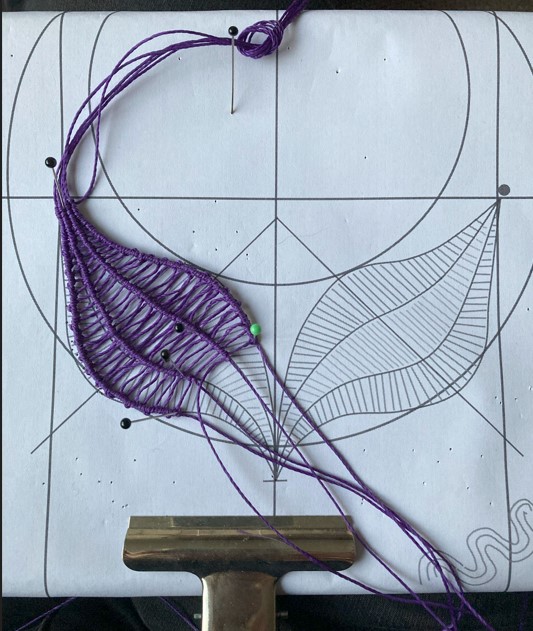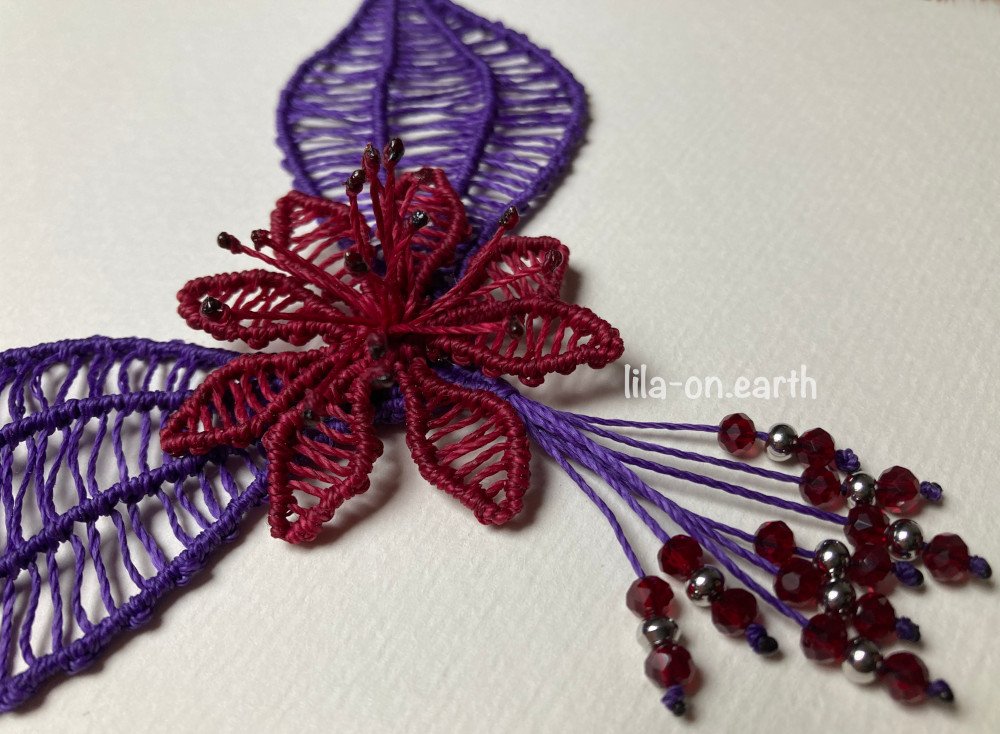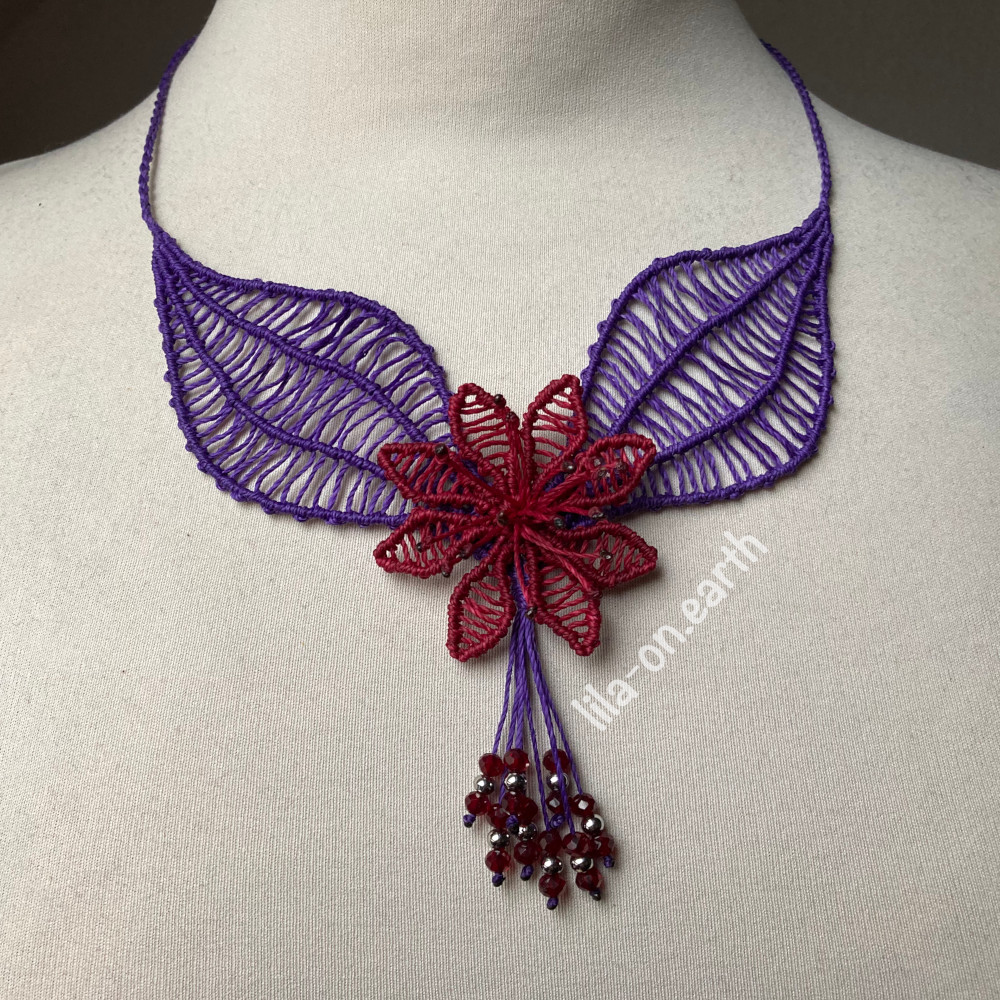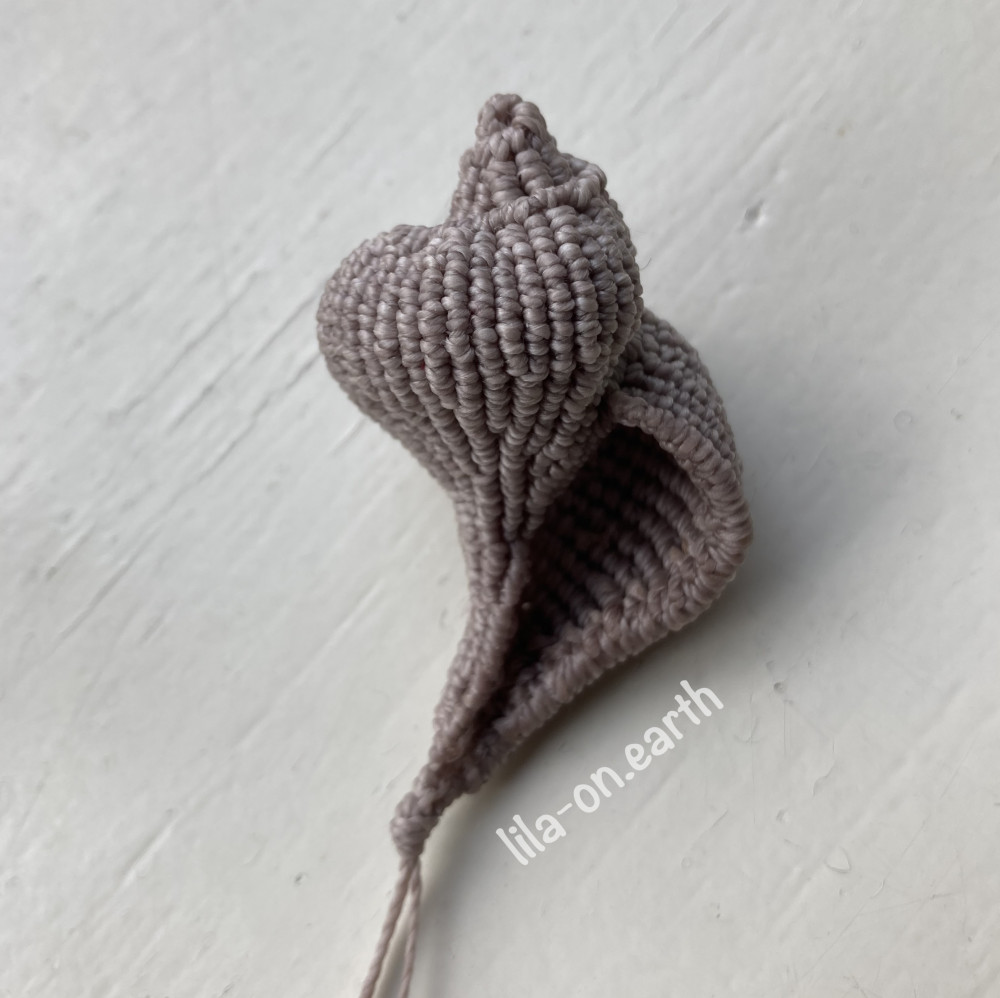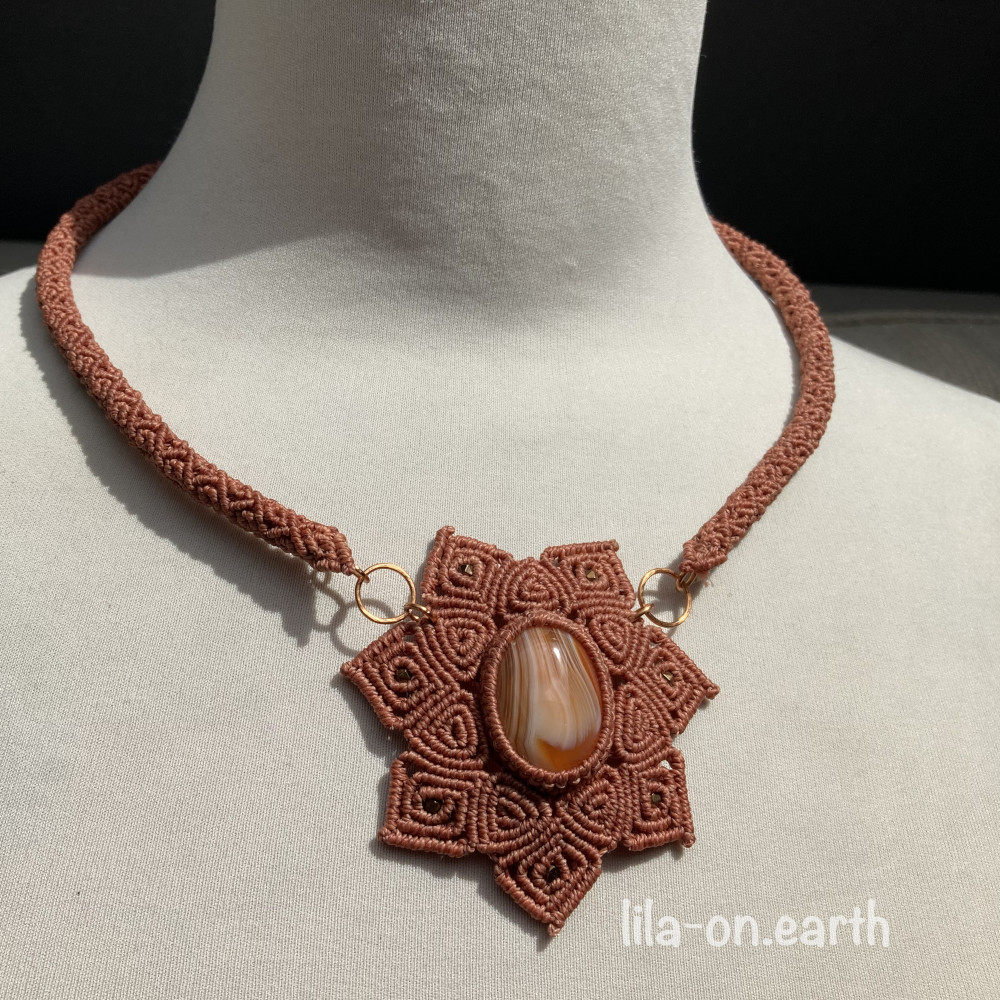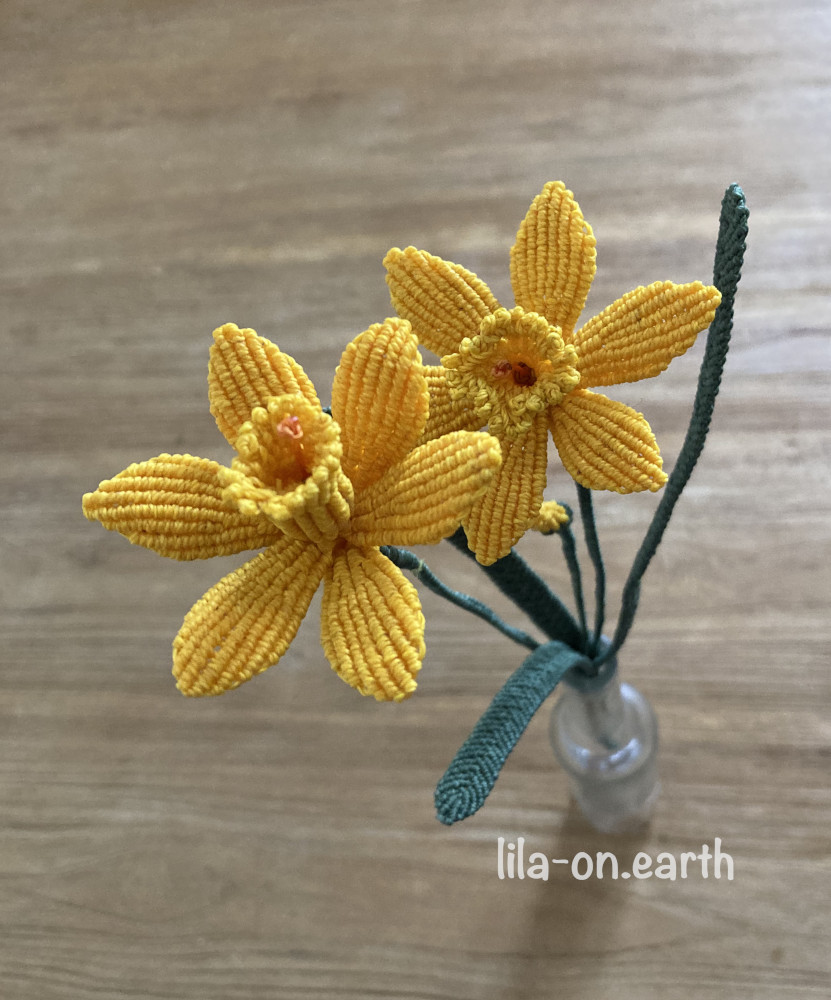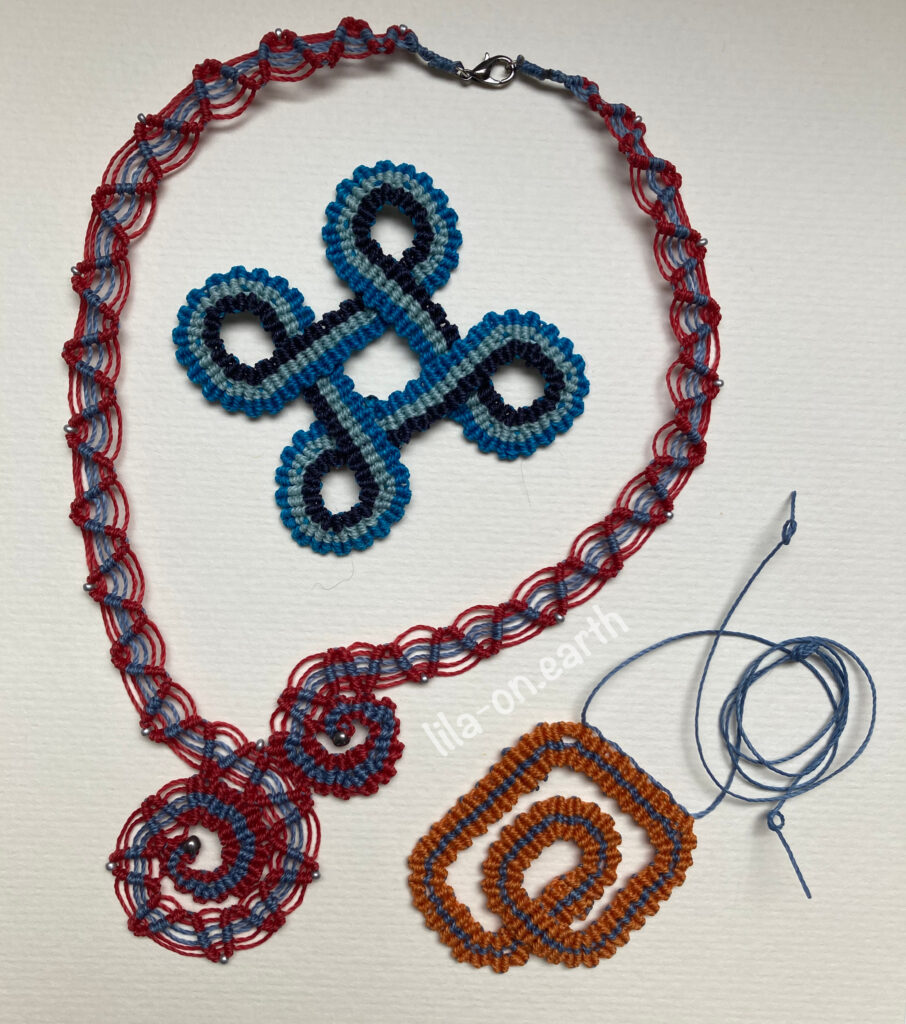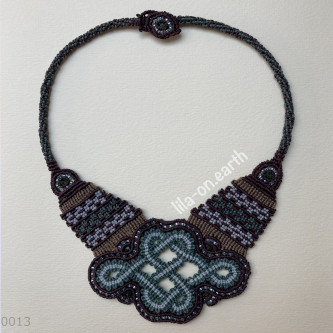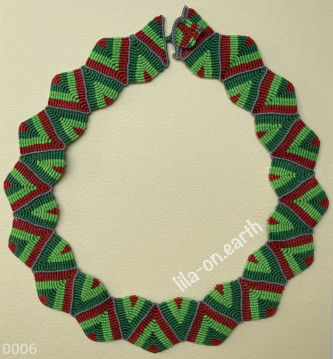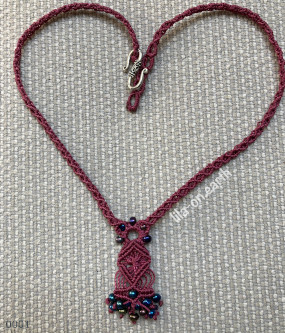I am fond of this necklace, because it was my first ‘original’ creation.
Or maybe I should say half-original, as I started the core part following a ‘Micromacrame project for beginners‘ on youtube , but then I deviated and followed my feelings.
My first times with macrame were mainly executions of projects that I found on youtube.
My main channels of reference were:
Dede Tutorials , Afeng-Often Afeng , Myow Handmade , Macrame School , Macrame Tita
Once I mastered the execution on various elements, I began the creative process of putting them together, in a way that I dare to call ‘original’.
But the journey towards true originality never ends and embraces not only knots and patterns, but shapes, colors, materials, stones, pearls, buttons, shells. Then it embraces the discovery of a worldwide community of artists and their amazing work.
The journey towards originality is like an older brother who, watching you working, puts his arm on your shoulder and lovingly makes you understand that you are not there yet. You still have to work hard.

